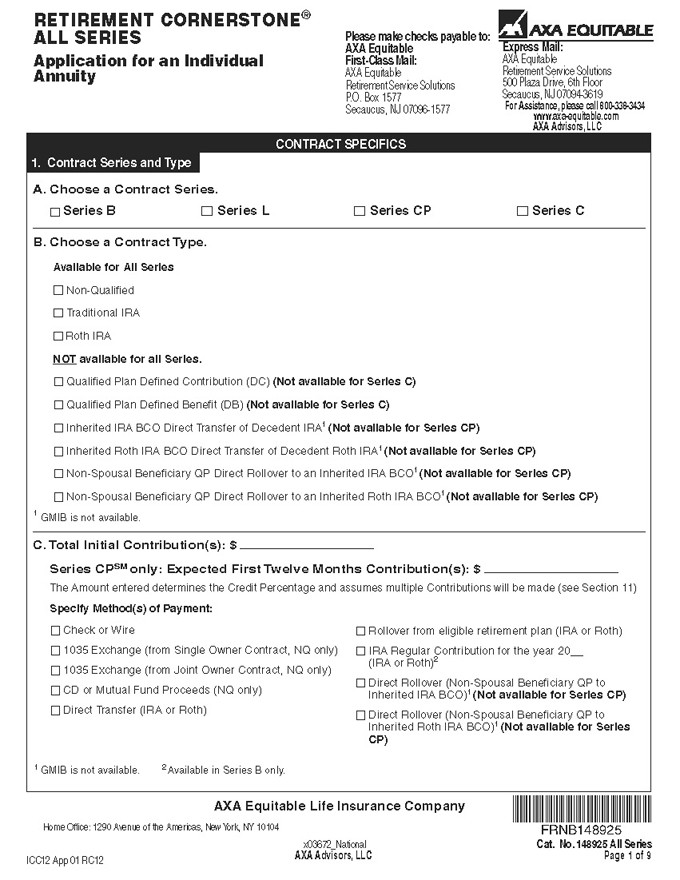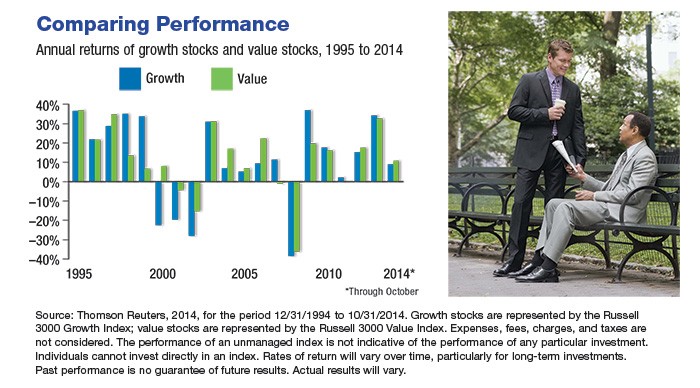Fund Brand Name Values
Post on: 21 Июнь, 2015 No Comment

Morningstar
Brand Name Value among Mutual Funds
Does a brand name entice you to pick a fund? Mutual fund companies think so. As investors continue to dump record-breaking bucket-loads of money into mutual funds, some firms are opting for snappier brand names in the hopes of luring cash to their coffers.
Branding is one of the major topics within the mutual fund industry these days. Life is hard for the new kid on the block that must compete with such household names as Fidelity and Vanguard, but it’s also getting tougher for established funds whose brands vanish after a merger with another company.
Financial Research Corp. of Boston devoted its entire February 1998 industry report to the subject. Fund companies face the challenge of distinguishing themselves among many competitors that appear similar to the investor, the report says. Fund companies have to consider what drives the consumer, what makes him or her feel good, and what are the attributes of a fund that the consumer really values.
Funds are undoubtedly stepping up their efforts to get their brands in the forefront of an investor’s mind. In the first quarter of 1998, mutual fund companies increased advertising spending by about 25% to $193 million, compared with the previous year’s first quarter, according to New York-based Competitrack. Roth IRA advertising represents only a fraction of the increase.
Some mutual fund firms are giving themselves fresh starts with revamped names. New England Investment Co. decided after 67 years in the mutual fund business that its name sounded too regional, and might repel any prospective investors outside the New England area. So, it changed its company name to Nvest.
New England isn’t the first to think a regional name might put off potential investors. Four years ago, the Southeastern fund family decided that it might convince more investors to place their money in its funds if it changed its name to Longleaf. Unlike Nvest’s fund family, Southeastern’s name change filtered through to its individual mutual funds.
It seems to have worked. For instance, the fund currently called Longleaf Partners had taken seven years to surpass $500 million in assets. After the name change, the fund’s assets doubled within nine months to $1 billion, and three years later is still growing steady at $3.4 billion. Of course, the performance of the Longleaf funds and the competency of the managers has likely had more of an impact on the asset growth than the fund’s name change—we hope.
In contrast, the family of CT&T Funds was recently renamed the Alleghany Funds. The fund family didn’t have much choice about the matter; the original CT&T name stood for Chicago Trust & Title, which was spun off from the parent company, Alleghany, in March. Recognizing the same regionalization fears as New England, the nearly five-year-old mutual funds under Alleghany’s umbrella—Chicago Trust and Montag & Caldwell—have kept their own names, since they belong to money management firms that have existed for decades, and are more widely recognized by brokers and financial advisers who sell those funds.
Some regional locations are beneficial to a fund. And yet, at least in one instance, the group is more concerned about where it lands in the alphabetical newspaper listings of mutual funds.
Interactive Investments, which invests in high-tech stocks, has located its managers near the heart of California’s Silicon Valley. The firm’s original fund, Technology Value, has been a success, in terms of performance. The fund was not marketed with the firm’s formal Interactive Investments name, however. When Interactive Investments came out with two more funds—one of which invests in biotechnology, not technology—the firm negated a possible branding switch to, say, the Silicon Valley Funds. Instead, it has opted for Firsthand Funds. It’s less of a mouthful for prospective investors, and it denotes the managers’ previous work experience in the fields in which they now invest. Best of all, as the firm’s partner in charge of marketing says, the new name will position the three funds just after Fidelity in newspaper listings.
Other fund families are fresh off of acquisition sprees and battling with ultralong names. Take Morgan Stanley Dean Witter & Co. and its subsidiaries, Van Kampen American Capital and Miller Anderson Sherrerd’s MAS funds. The latter has a relatively low-key brand name, while Van Kampen built its brand with currently unfashionable fixed-income investments.
But now that they’re under one umbrella, and managers are starting to cross-manage funds, Morgan Stanley Dean Witter has decided to follow Gap’s model for separate branding of its Gap and Old Navy blue jeans. All of the funds will soon split into two distinct fund family names. A portfolio will be managed by the same people, but the funds investing in that portfolio will have different labels on them for the different sales channels. Like the higher-end Gap jeans that are sold in The Gap’s fancy mall stores, any mutual fund sold by Morgan Stanley Dean Witter’s own sales representatives will be called Morgan Stanley Dean Witter funds. But, like Old Navy’s warehouse feel, Morgan Stanley Dean Witter’s funds sold directly to individuals, or through outside brokers or financial advisers, will have a different, yet-to-be-determined name, according to Van Kampen American Capital’s president and chief executive officer, Philip Duff.

American Century is also grappling with ultralong mutual fund names. Soon after Twentieth Century’s 1996 acquisition of Benham Group, the two firms decided to rename the overall fund company American Century Investments, and keep the funds’ original brands tacked on the funds. Sure, that may have bumped American Century up to the top of the newspaper listings, but the move spawned fund names like American Century-20th Century New Opportunities, and American Century-Benham Short Term Government. They’ve become so long and tedious that the firm may dump all of the brands for a single new one.
We’ve all experienced brand name changes. Some work; some don’t. Kentucky Fried Chicken, for example, decided fried food was so pass in the health-conscious 1990s that it successfully changed its brand to KFC. But you can still get fried food there, of course.
And after a horrendous plane crash, ValuJet bought AirTran Airways and assumed AirTran’s name. Perhaps it learned a lesson from PanAm, which, after its own bankruptcy bout following the disastrous Flight 103 crash over Lockerbie, Scotland, decided to resurface using the same brand name. PanAm eventually failed again.
Of course, it’s important for fried-chicken eaters and airplane travelers to look beyond a label. But it’s even more important for mutual fund investors searching out a fund; they should instead concentrate on a particular investment style, the skills of a fund manager, and low fees.
Besides, no multimillion-dollar brand-awareness campaign will ever cover up pitiful performance by a horrible manager, or erase age-old brands, like Steadman, from our memory.
Questions:
- What are some of the factors that might determine the brand name value of a fund family (such as Fidelity or Vanguard)?
- Can individual funds (such as the Magellan fund) have different brand name values than the fund family that they belong to (such as Fidelity)? If so, why?
- Why might a potential acquirer of a fund family pay a premium over the market price, assuming that the fund family is publicly traded?














